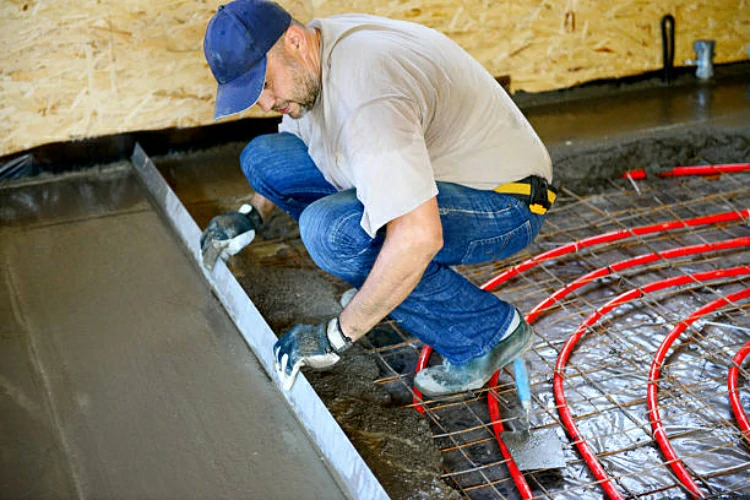Introduction
PEX plumbing, short for cross-linked polyethylene plumbing, has gained significant popularity in recent years due to its versatility, durability, and ease of installation. One of the key factors contributing to its widespread adoption is the materials used in its construction.
1. Polyethylene: The Foundation of PEX Plumbing
Polyethylene, a thermoplastic polymer, serves as the foundation material for PEX plumbing. This material is renowned for its flexibility, chemical resistance, and thermal properties, making it an ideal choice for plumbing applications.
2. Cross-Linking Process: Enhancing Strength and Durability
The unique characteristic of PEX plumbing lies in its cross-linked structure, which enhances its strength and durability. Cross-linking involves bonding the polymer chains within the polyethylene molecules, creating a three-dimensional network that improves the material’s resistance to heat, chemicals, and pressure.
3. Types of Cross-Linking Methods
There are three primary methods for cross-linking polyethylene in PEX plumbing: peroxide (PEX-A), silane (PEX-B), and electron beam (PEX-C). Each method offers distinct advantages and properties, allowing for customization based on specific application requirements.
4. PEX-A: Peroxide Cross-Linking
PEX-A, produced through the peroxide cross-linking method, undergoes a high-temperature extrusion process followed by exposure to peroxide compounds. This results in a highly cross-linked structure with excellent flexibility, resistance to stress, and overall durability.
5. PEX-B: Silane Cross-Linking
PEX-B is manufactured using the silane cross-linking method, which involves the introduction of silane compounds during the extrusion process. This method produces PEX plumbing with good chemical resistance, stiffness, and stability, making it suitable for a wide range of applications.
6. PEX-C: Electron Beam Cross-Linking
PEX-C is cross-linked using electron beam irradiation, which allows for precise control over the degree of cross-linking. This method produces PEX plumbing with uniform cross-linking throughout the material, resulting in consistent performance and mechanical properties.
7. Additives and Stabilizers
In addition to the base polyethylene and cross-linking agents, PEX plumbing may contain additives and stabilizers to enhance its properties further. These additives can include antioxidants, UV stabilizers, and lubricants, which help improve resistance to environmental factors and ensure long-term performance.
Conclusion:
The materials and structure of PEX plumbing play a crucial role in its performance and suitability for various applications. With its cross-linked polyethylene composition and customizable cross-linking methods, PEX plumbing offers unmatched durability, flexibility, and resistance to chemicals and pressure. By understanding the materials and structure of PEX plumbing, plumbers and installers can confidently choose this versatile solution for their plumbing needs, ensuring reliable and long-lasting installations.
Contact
IFAN is a professional manufacturer with 30 years of experience, dedicated to producing high-quality plastic pipes, fittings, and valves. Our products include brass valves, PPR valves, as well as various pipes and fittings to meet different customer needs. Whether you need plumbing and drainage pipes or valve products, IFAN can provide a diverse range of high-quality, cost-effective products to support your projects. Below is our contact information.
We will reply your email or fax within 24 hours.
You can call us at any time if there is any question on our production.
For more information,pls visit our webside https://www.ifanplus.com/
Pls Mailto: [email protected]






